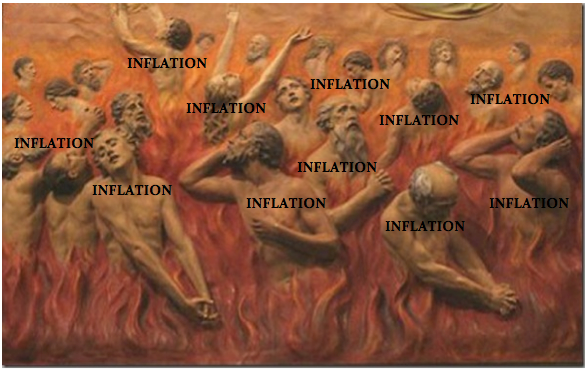The virtual currency craze is on a tear, with new virtual currencies emerging every day. The New York Times just ran a series of articles about them last week. “Charles Ponzi would be so proud!” one person appropriately commented at the bottom of this article.
Before going any further, let’s learn a bit more about the bitcoin system (also here and here). There are three components to this system:
– A unit of account—the Bitcoin (BTC)—in which all transactions are recorded and goods and services are priced.
– A payment system, supposedly secured and anonymous.
– A means of payment—bitcoins—that is needed to complete all transactions in the payment system (there are coins of several denominations and the coin with a face value of one BTC is called the “bitcoin”).
Given the craze over bitcoins, their price in US dollars (USD) has soared with a BTC 1 coin going for as much as USD 1200 at one point, leaving Business Insider’s Joe Weisenthal saying:
“At this point, I have zero idea what a ‘fair’ price for Bitcoin is.”
I have an answer to that question, but before I reveal it (pretend you did not read the title of this post), let’s spend a bit of time getting to know the Bitcoin, starting with its payment system.












